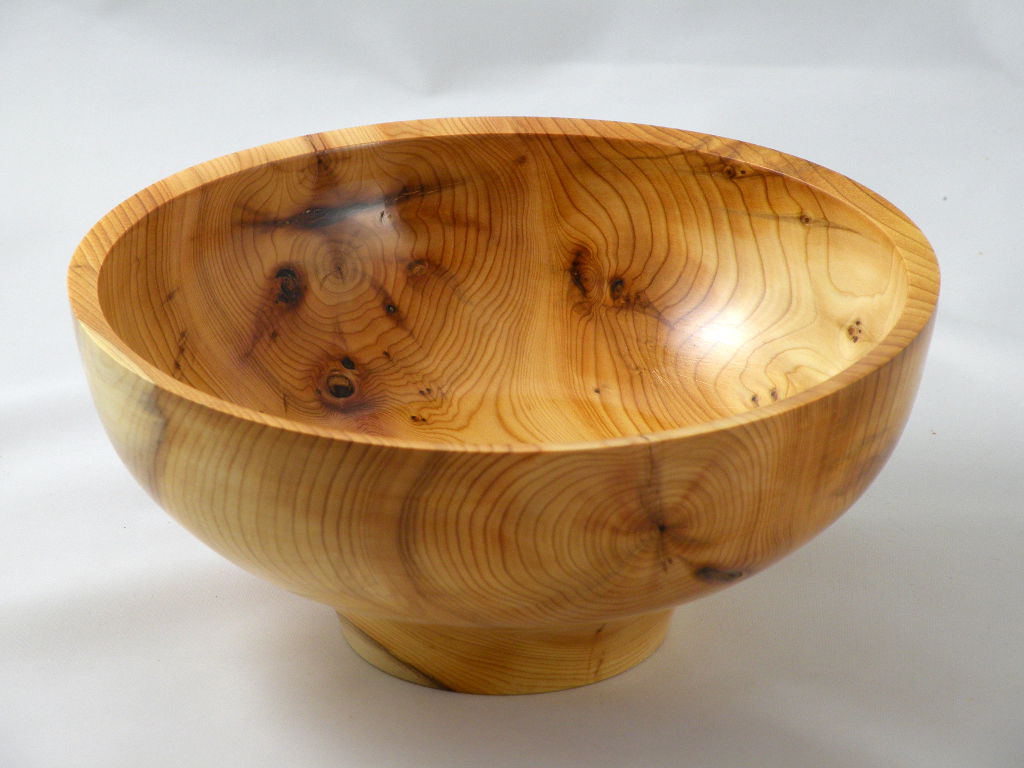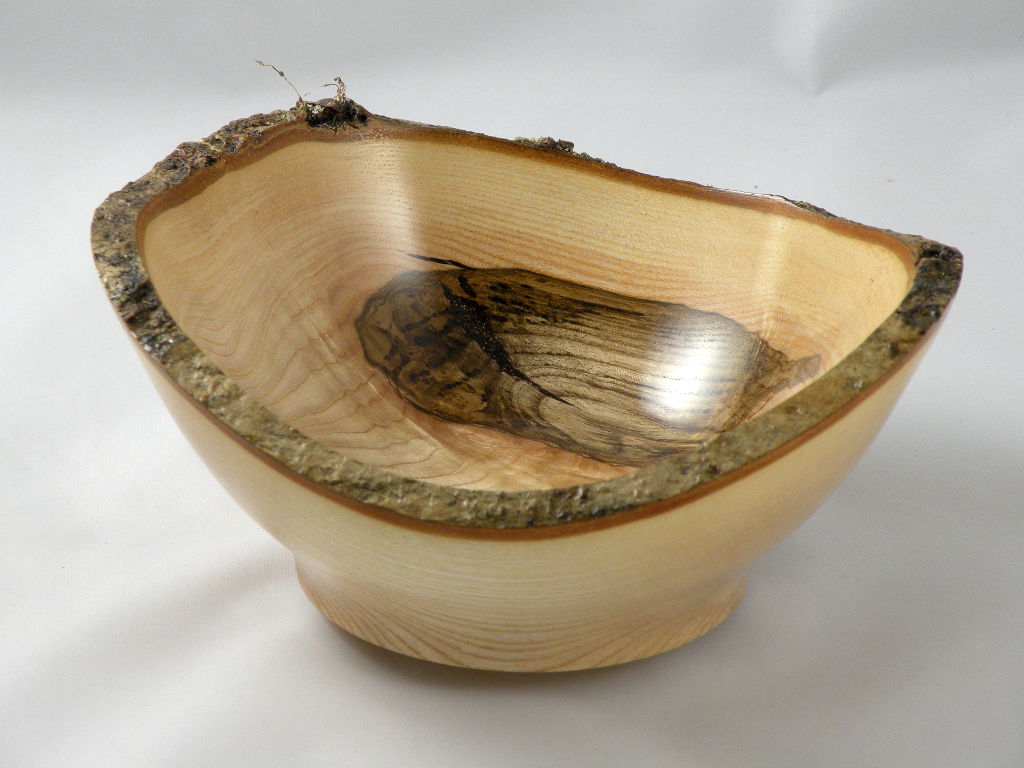Random Orbital Bob":94kzp5ze said:
So if you seal it first can you get a colour match Chas? (By using dust from the project)
No what I am saying is that if you use thin CA on unsealed wood, instead of just having a hard delimitation line of CA bleed in the surrounding surface, smudging/spreading it over the surrounding area often disguises it and it looks more natural and a better match when you apply a sealant or finish.
There are many CA sealed cracks visible in this piece but by smudging the bleed and surplus CA into surrounding wood I think they blend in more naturally.
You could go the whole hog and seal the whole surface with CA if it's a small item and your quick and don't stick the resulting hot cloth to your fingers. That way the whole surface is the same tone.
Sealing the surface wood before using CA reduces the CA bleed near the surface, just as sealing the surface wood before applying acrylics or stain to a feature reduces bleed.
I find dust from the project invariably shows up darker, I nearly always try to make it a contrast, and reshape if necessary so that it looks like a natural knot or defect.
A worm hole for instance will always look like a neat round hole so disfigure/elongate it in line with the grain and fill it with a darker substance.
Get rid of a fine split and make a feature of it, see the darker defects in the back face of this, they were just cracks but opened up and filled, did not look out of place in rustic item.


































